Look Up Aberdeen - five hidden monuments of the Granite City
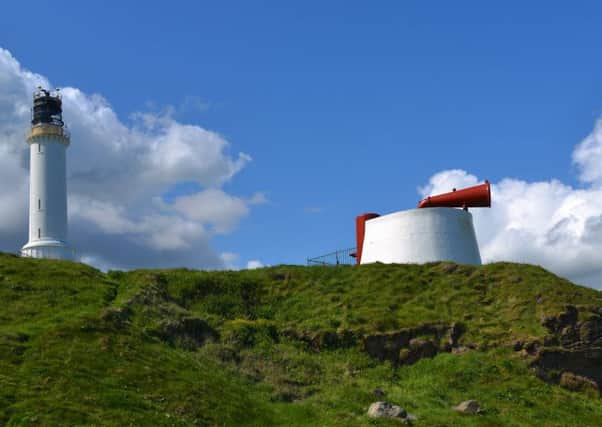

Powis Gates, off College Bounds.
This ornate, imposing gateway in the university quarter of Old Aberdeen was put in place by Hugh Fraser Leslie of Powis - the owner of a sprawling estate on the outskirts of Aberdeen who was linked to the slave trade by his Jamaican plantation.
The Turkish-inspired minarets date from about 1830.
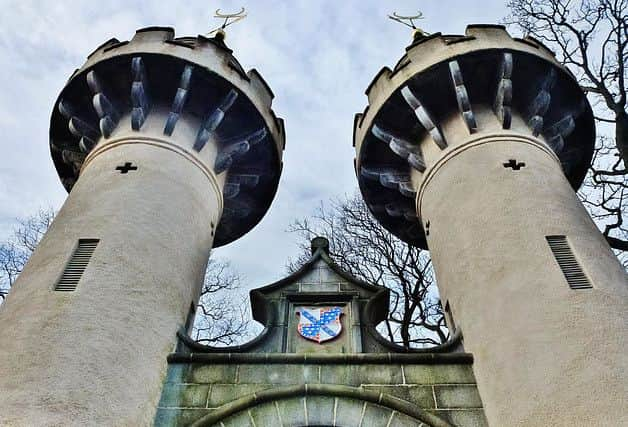

On top of one sits the Fraser crest and both are embellished with gold-leaf orbs and crescent finials.
Advertisement
Hide AdAdvertisement
Hide AdConstruction coincided with the Slavery Abolition Act of 1833. A shield at the back of the gates carries busts of three black slaves commemorating the freedom of slaves on the family’s Jamaican estate.
St Mary’s Chapel, Correction Wynd
This 14th Century chapel sits almost completely hidden in the medieval centre of Aberdeen.
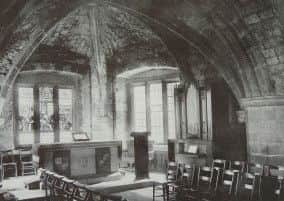

It was built in 1438 to allow for the main St Nicholas Kirk to be extended and its stone vaulted ceiling is considered to be one of the finest around.
A restoration project in the late 1800s exposed the collection of stone bosses at the apex of each ceiling rib.
The boss found in the apse is thought to date from the building’s origins and has a pivotal role in the security of the ceiling. It is made from oak, not stone, and is coloured as it would have been in the 1400s.
The chapel also hosts a collection of stain glassed windows, the most decorative showing the Betrothal of Mary and Joseph which was created by Aberdeen artist Douglas Strachan.
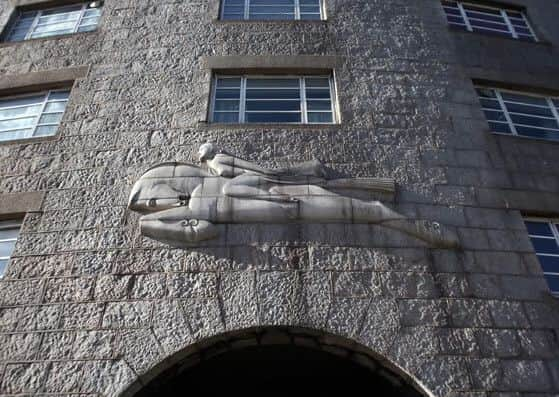

He worked as a newspaper illustrator but was persuaded to try designing stained glass - with this his first commission.
Advertisement
Hide AdAdvertisement
Hide AdHe later went on to design the windows of the Scottish National War Memorial in Edinburgh Castle.
The Torry Coo at Girdleness Lighthouse, Greyhope Road
Girdleness was designed by the Stevenson dynasty of lighthouse builders following the sinking of the Oscar whaling ship off the point in 1813. Only two men survived from a crew of 45.
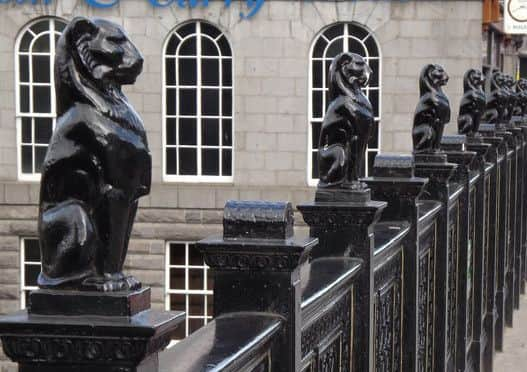

The lighthouse, which has 182 steps to the top, still guides ships in an out of the harbour.
The Torry Coo foghorn is no longer used but once gave back-up to sailors when visibility fell below five miles and is known
The foghorn last sounded in the late 1980s when it was shut off by the Northern Lighthouse Board, who considered that captains of large, modern and enclosed vessels would not hear the warning signal.
The ‘moo’ was made from several 25bph oil-fired engines which produced compressed air before forcing it through a rotating siren.
Rosemount Square, Rosemount


Considered a social experiment, Rosemount Square was the city architects’ response to the legal need for better housing.
Advertisement
Hide AdAdvertisement
Hide AdA modernist version of the tenement block, it is a heavy nod to work seen in Holland and Austria at the time. This new austerity in architecture could be perfectly expressed using the city’s ample granite resources.
The horseshoe of flats, which surrounds a large internal courtyard - a new version of the back court - carries three sculptured panels by Thomas Huxley-Jones, then the head of sculpture at Gray’s School of Art. The panels are said to represent rain, wind and cold
Kelly’s Cats, Union Street
Two leopards are featured in Aberdeen’s coat of arms with little nods to the great beasts found across the city.
They include Kelly’s Cats, a series of statues on the balustrades on Union Street Bridge.
The cast iron finials were designed by Sidney Boyes, a master at Grays School of Art. The cats were cast by William Wilson and installed as city architect William Kelly mastered a widening of the bridge.
Those lost to expansion can now be found in Duthie Park.